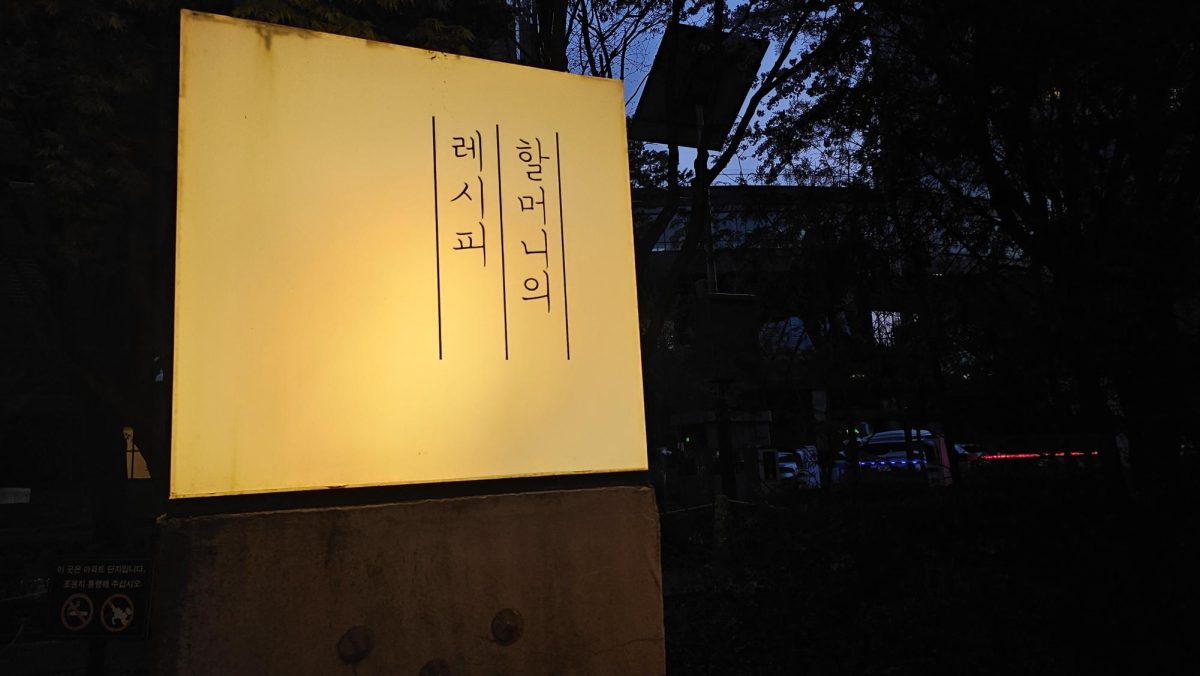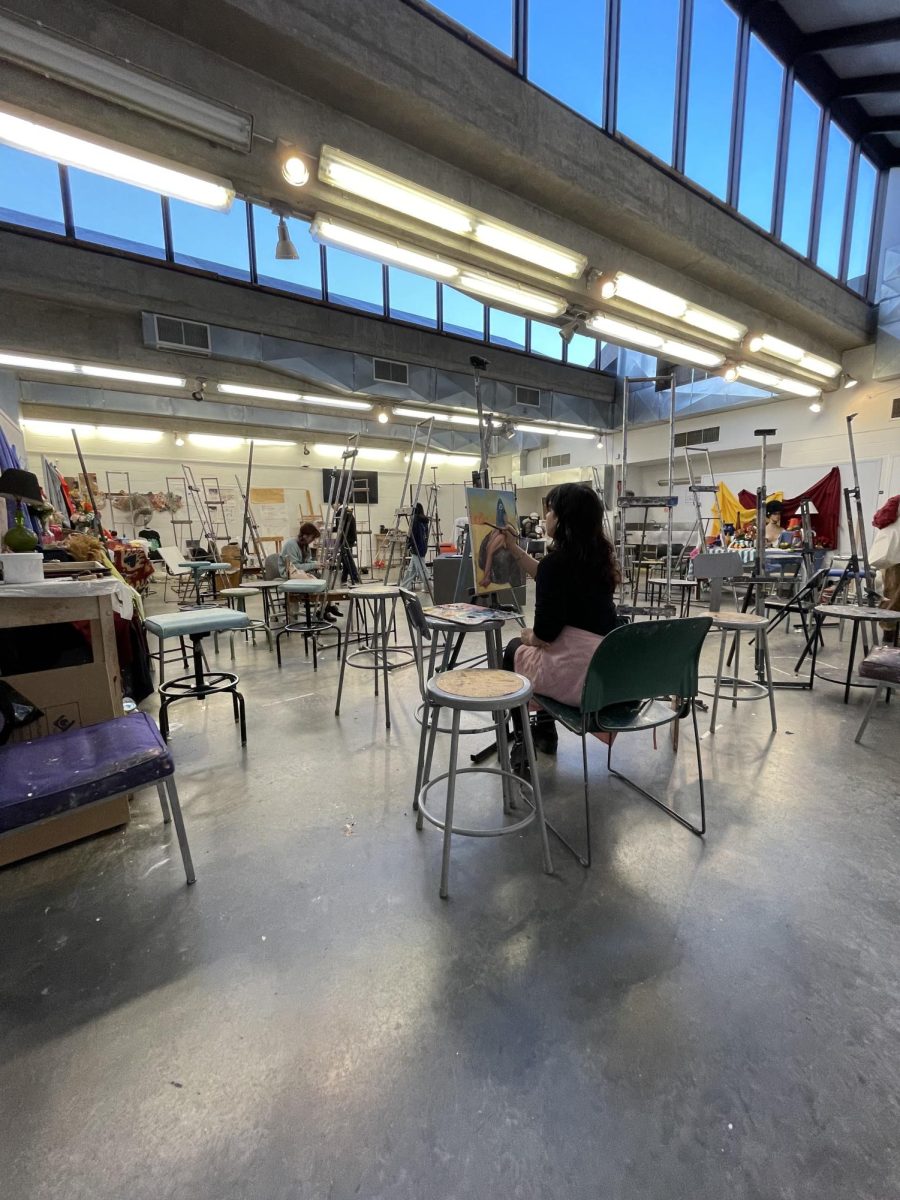
This new feature in The Statesman will be written by our writers currently in Stony Brook University’s study abroad programs. It will feature their experiences and tips for studying and traveling abroad.
Both New York City and Seoul are bustling cities, full of vibrant energy and an indescribable sensation of constant change. The similar rapid paces and ever-changing characteristics of both cities are evident by their places in the top 10 global financial centers. In contrast, many centuries-old European cities, such as Rome, evoke a profound connection to the past through ancient architecture like the Colosseum.
Based solely on this data, one might say a New Yorker would feel at home in Seoul; however, it is not so simple, as the intricacies and richness of Korean culture permeate every aspect of society. As an exchange student from such a chaotic city, I was unprepared for the culture shocks of seemingly-minute activities of everyday life in South Korea.
One instance occurred between classes when I decided to grab a coffee at the Starbucks in the Ewha Campus Complex (ECC) at Ewha Womans University. As I was walking down the corridor, I caught sight of an endless line stretching its way directly beneath the Starbucks sign. I figured it must be the queue to order, mentally calculating if I would be on time for class as the Starbucks queue at my home university, Stony Brook University, could easily be a 20 minute wait. But, as I approached the cafe, a wave of surprise washed over me. The line I had mistaken for coffee enthusiasts eagerly awaiting their turn was actually a queue for the elevator.
In New York, no one lines up for elevators. Instead, people crowd around the elevator doors and impatiently rush in when it opens to avoid waiting for the next available lift.
From my knowledge of Korean culture — built upon three semesters worth of Korean culture and society courses — etiquette is based on respect, obedience to those higher in ranks such as elders and the importance of family values. Yet, I didn’t think about how these values translated into everyday, non-verbal life. Even though I’ve lived here for an entire month, seeing organized lines for elevators is still so astonishing.
Sticking with similar themes of etiquette, the next culture shock involved how one should put down their eating utensils between bites. In the United States, there is no universal dining etiquette rule, but general rules vary based on one’s cultural background or upbringing. For example, I was raised to say the Italian equivalent of Korea’s “I will eat well” (잘 먹겠습니다, pronounced as “jalmukesumneda”), which is “buon appetito,” meaning “good meal” or “let’s eat” when dining with others. However, there are even fewer etiquette rules on how one should place their utensils in the U.S.
During my first couple meals in Korea, I was oblivious to the Korean dining etiquette regarding never leaving spoons or chopsticks in or on plates of food. It wasn’t until I dined at a busy restaurant that I learned this etiquette. Everyone around me neatly placed their chopsticks on the table between bites or when drinking water. I felt slightly embarrassed and my cheeks warmed. I quickly and neatly grasped my spoon and chopstick, placing them down on the tray.
Yet, little did I know that there was another cultural quirk awaiting me just around the corner. Contrary to the nation’s reputation as a technological powerhouse, Korea maintains a steadfast reliance on cash in many places. Originally, I exchanged my U.S. dollars for South Korean won to use mainly for street vendors, but I quickly realized that I needed much more, as many essential services like T-money (Korea’s version of New York’s MetroCard), laundry and tailoring only accept cash.
This shift from carrying only a card to relying on cash was a stark contrast to my experiences in New York, where every service accepts card payments, and sometimes cash was even refused. In fact, in New York, one doesn’t even need a MetroCard to ride the subway or buses since they can use their digital wallets like Apple Pay or Samsung Pay.
Even though I researched Korean cultural differences before arriving, nothing compares to witnessing them first hand. Paying attention to my surroundings and befriending other Korean students tremendously helped me learn Korean etiquette and cultural norms.
Living in Seoul and experiencing Korean culture surpassed my prior studies. By immersing myself in my surroundings and connecting with local students, I’ve gained invaluable insights into Korean daily life.




















Pam Bucci • Apr 11, 2024 at 12:43 pm
Every American when they are young should visit another country and culture. It teaches us humility and the acceptance of others that come to the US from other cultures.
Deborah Levitt • Apr 11, 2024 at 10:07 am
I absolutely LOVED reading this. It is interesting. All my life my first favorite culture was the Italian culture. Since watching K- dramas the South Korean culture is steadily racing forward to # 1.
I am praying monetary affluence does not alter this. 🙏
Adnan • Apr 11, 2024 at 3:35 am
Just fascinating.
And I understand, that Japan, even has more ” restrictions ” in daily life accepted, routines.
Alec • Apr 10, 2024 at 11:55 pm
Thank you Jenna for such a polite and respectful article about Korea
Michael • Apr 10, 2024 at 1:43 pm
Korea #1
Misty Barker • Apr 10, 2024 at 11:43 am
This is very useful as I am going on vacation to Korea this month!
Gareth ZAHIR-BILL • Apr 10, 2024 at 4:38 am
Do you REALLY live in Seoul? I never use cash, never queue for lifts, and I don’t see that happen anywhere? Putting chopsticks down? You must live in a weird bit of Seuol… Yiu will be saying Koreans show respect tontheir elders by givinh up seats on buses next!